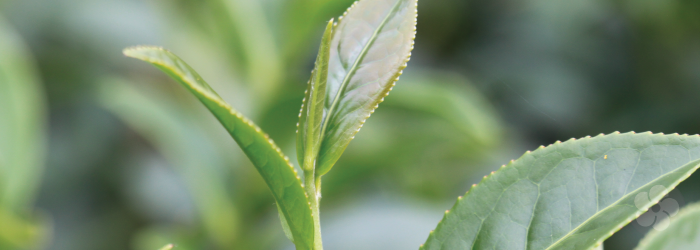Picking the Perfect Teapot: Cast Iron vs. Ceramic
Picking the right teapot can be difficult, whether it’s for your first brewing set or just a new addition to your growing collection. Finding a single pot with the right combination of size, pour, and heat retention is critical, since these factors can directly impact the flavor of your brew. Add aesthetics to the mix, and the perfect pot can seem elusive, if not imaginary. One way to narrow the search is to consider the material the pot is made of.
Cast iron teapots, for instance, have gained great popularity in modern times, and are commonly used to serve tea in cafes or restaurants. In contrast, most tea connoisseurs opt for small pots, often made of unglazed clay, for their daily brewing sessions. What is the difference, and which material is the best choice for your next brewing vessel?
Continue reading










